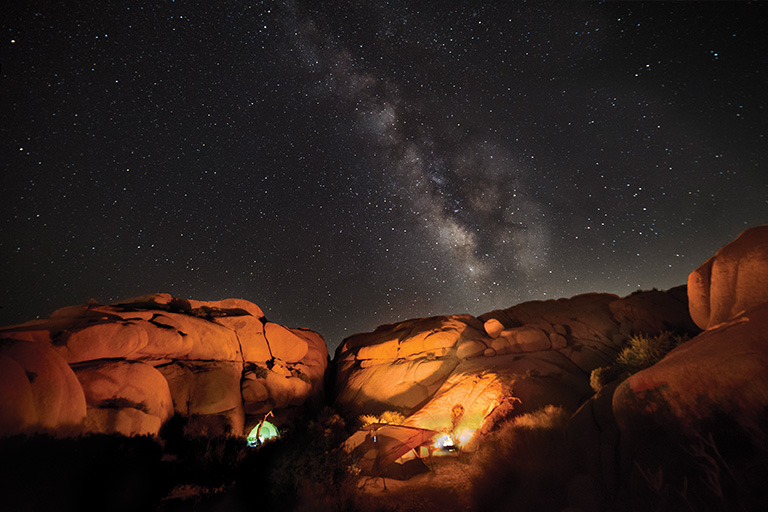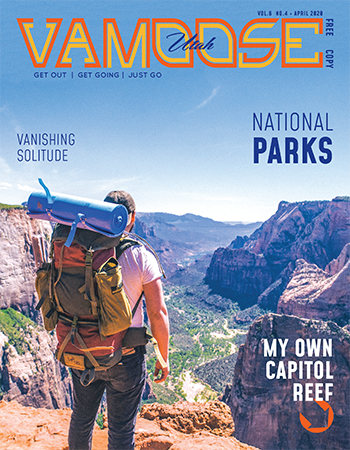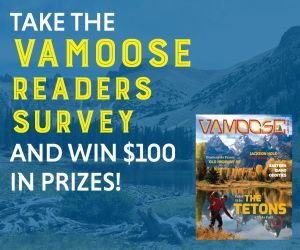Joshua Tree National Park is a gem even during peak season
By Rebecca Chavez-Houck
A few months ago, I purchased one of those wall maps of all the parks in the National Park Service (NPS). You know, one of those where you scratch off a decal when you’ve been to a park, which exposes a green pine tree underneath. As I scratched off decal after decal, I see how we’ve benefitted from living in Utah where we not only have six national parks, but also the benefit of living within driving distance of so many others, most a day or two from the Wasatch Front.
As I look at all of decals we scratched off our new map, I reflected on the incredible diversity of our country’s beautiful national parks, from the peaks of Glacier National Park to the hoodoos of Bryce and, how I’ve learned what makes redwood trees different from the giant sequoias.
We really enjoy these spaces and appreciate the NPS staff and volunteers who inform and educate us as we learn what makes each of these natural places special. We’re mindful, too, of the challenge that the NPS faces. It’s a paradox of plenty, where there have been so many efforts over the decades to encourage visitation, but now the NPS struggles to assure that its mission of conservation hasn’t been compromised by a groundswell of people coming to see the wonders of each park.
Since my husband and I now have fairly flexible schedules, we try to visit parks during their off seasons. An exception was our recent trip to Joshua Tree National Park (NPS.gov/jotr/index.htm) in California, which we opted to visit during the busy season, from October to May, in favor of the better weather. Perhaps best known for its iconic Yucca brevifolia, this national park is located in the desert east of Los Angeles at a nexus between the Mojave and Sonoran desert ecosystems, where the arid low desert meets a vegetated high desert. The park is quite hot in the summer months but wonderful to explore when the snow flies here in Utah. The days still get hot, and you need to keep yourself well hydrated, but the nights can get quite cold. We had frost on the interior of our RV’s skylight even with the insulation that we prop up there at night. There are no campgrounds with hookups so you can’t depend on electric heat of any sort.
We were there in October, and it was our first visit, which is surprising given how frequently we travel between Utah and California and the number of other national parks we’ve visited in the western U.S.

The Milky Way seen from Jumbo Rocks Campground.
We stayed in the Jumbo Rocks Campground (NPS.gov/jotr/planyourvisit/campgrounds.htm), and like most campgrounds in the park, it was available on a first come, first served basis (although the Black Rock and Cottonwood campgrounds do have reserved sites). True to its name, Jumbo Rocks provides an interesting landscape for a full moonrise, which we enjoyed until the bitter cold set in, and we jumped back into our RV to hunker down for the night.

Keys View overlook
While the campground had few vacancies, and we arrived at the start of the peak season, we enjoyed our time there because we didn’t feel overwhelmed by crowds that usually pervade more popular national parks. For example, while we arrived in late afternoon, we were able to easily find a place to park at the Keys View overlook, which is pretty breathtaking, although the poor air quality (courtesy of the Los Angeles Basin) does limit the extensive panoramas that a visitor could see there in years past.

Keys Ranch house
We highly recommend taking the Keys Ranch tour (NPS.gov/jotr/planyourvisit/ranchtour.htm), which provides insight into the life of area homesteaders. It’s a National Historic Register Site. The park’s website notes that “the ranger-guided tour of the ranch includes the colorful story of the 60 years Bill and Frances Keys spent working together to make a life and raise their five children in this remote location. The ranch house, schoolhouse, store and workshop still stand; the orchard has been replanted; and the grounds are full of the cars, trucks, mining equipment and spare parts that are a part of the Desert Queen Ranch story.” Reservations are required for the tour, which runs from 9:30 to 11 a.m. Tuesday, Wednesday, Thursday, Friday and Sunday during the regular season of October through May.
Now that we’ve enjoyed so many of the more popular parks close to home, we are looking forward to visiting locations like Pinnacles, Channel Islands, Saguaro and Denali National Parks, ready to discover the natural wonders they offer. Plus, there are parks we hope to explore in the Midwest and eastern U.S. Someday, when we can take a month or two away from commitments at home, I especially would love to visit Acadia National Park in Maine and the Everglades in Florida.
See you at the campground!



